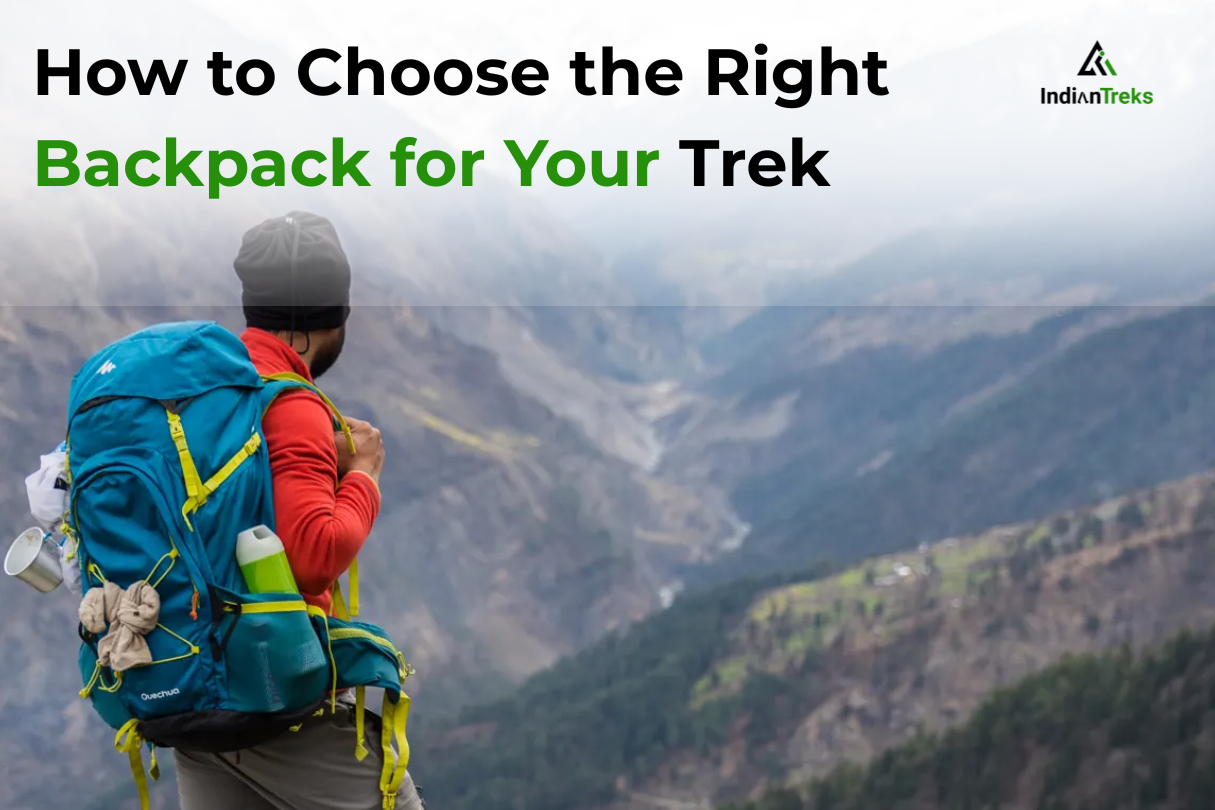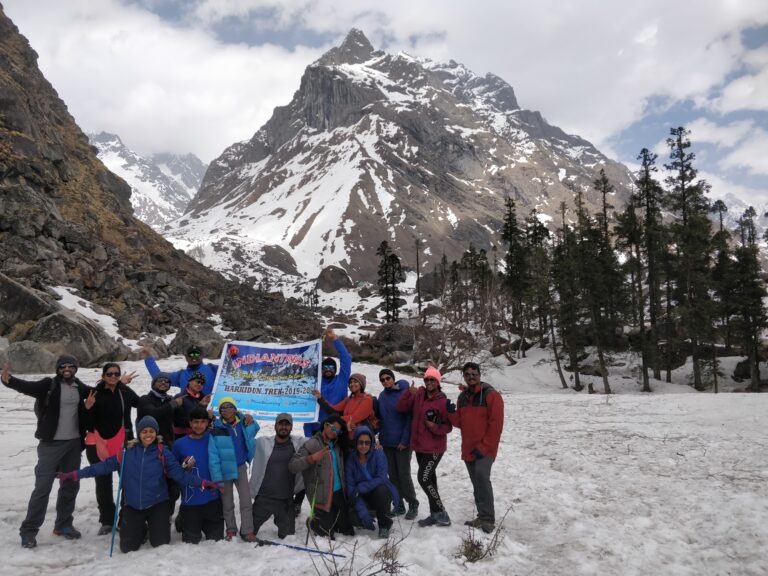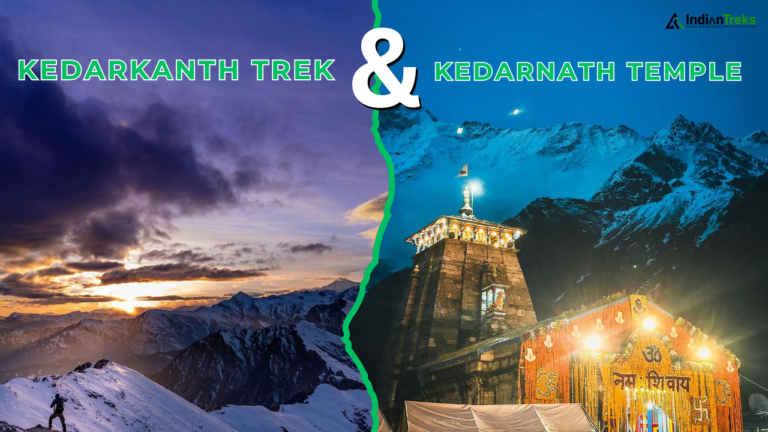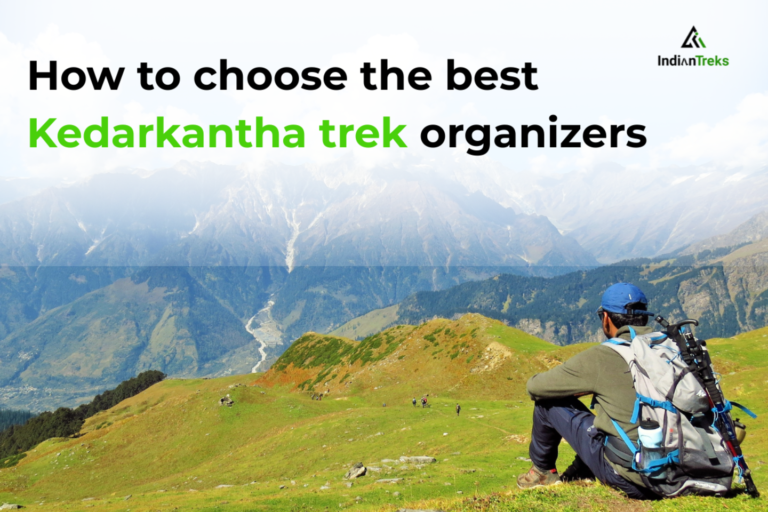How to Choose the Right Backpack for Your Trek
When it comes to trekking, choosing the right backpack is just as important as selecting the right shoes or clothing. Your backpack is your companion on the trail, carrying all the essentials you need for a safe and enjoyable adventure. A poorly chosen backpack can lead to discomfort, fatigue, or even injuries, while the right one makes your trek smooth, organized, and stress-free.
Whether you are planning a short weekend trek, a challenging snow trek like Kedarkantha, or a multi-day Himalayan expedition, understanding what to look for in a backpack is crucial. Here’s a detailed guide to help you pick the perfect backpack for your trek.
1. Determine the Duration and Type of Trek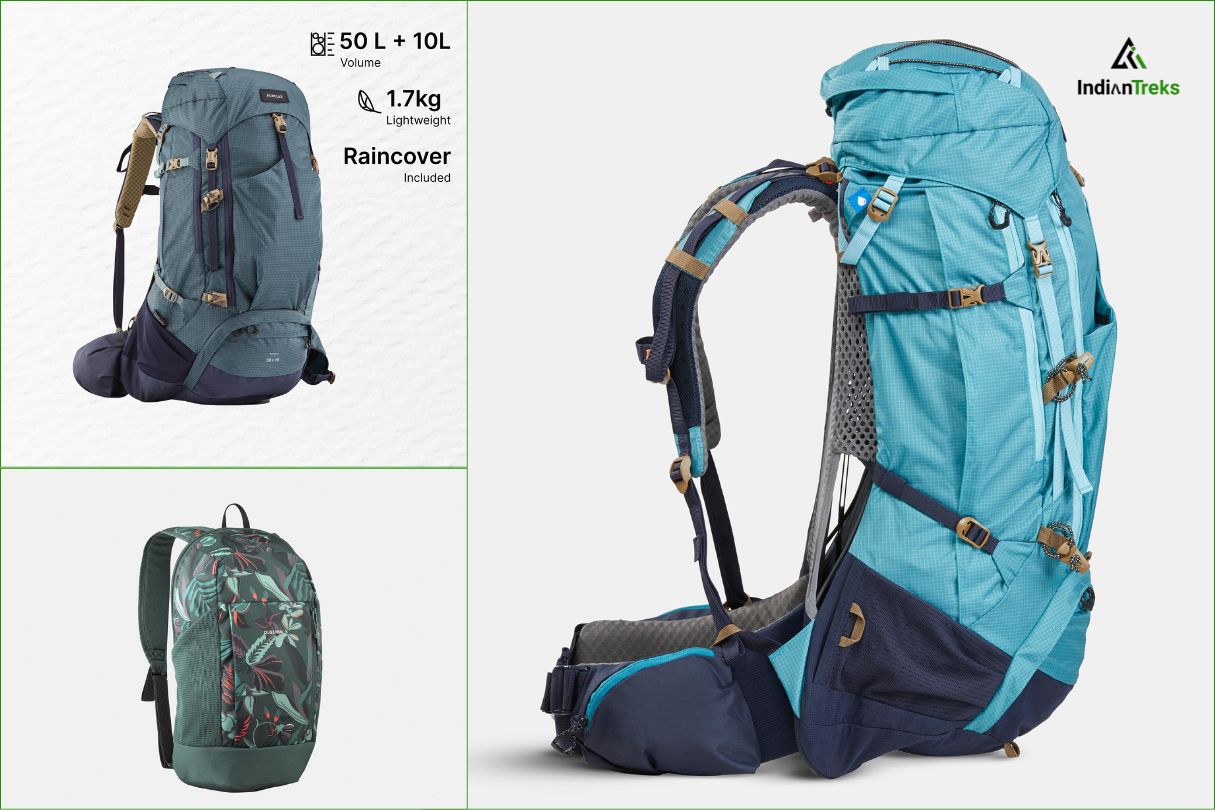
The first step in choosing a backpack is assessing the length and nature of your trek:
Day Treks (1 day): A small 15–30 liter backpack is enough to carry water, snacks, a light jacket, and personal items like a camera or first-aid kit.
Short Treks (2–4 days): Backpacks between 35–50 liters provide enough space for extra clothing, food, a compact sleeping bag, and trekking essentials.
Extended Treks (5+ days): For longer treks or multi-day expeditions, a 50–70 liter backpack is ideal. It can hold heavier gear, extra clothing, and camping supplies such as tents and cooking equipment.
Pro Tip: If you are trekking in snowy conditions or cold weather, consider additional space for thermal layers, gloves, and extra socks.
2. Focus on Comfort and Fit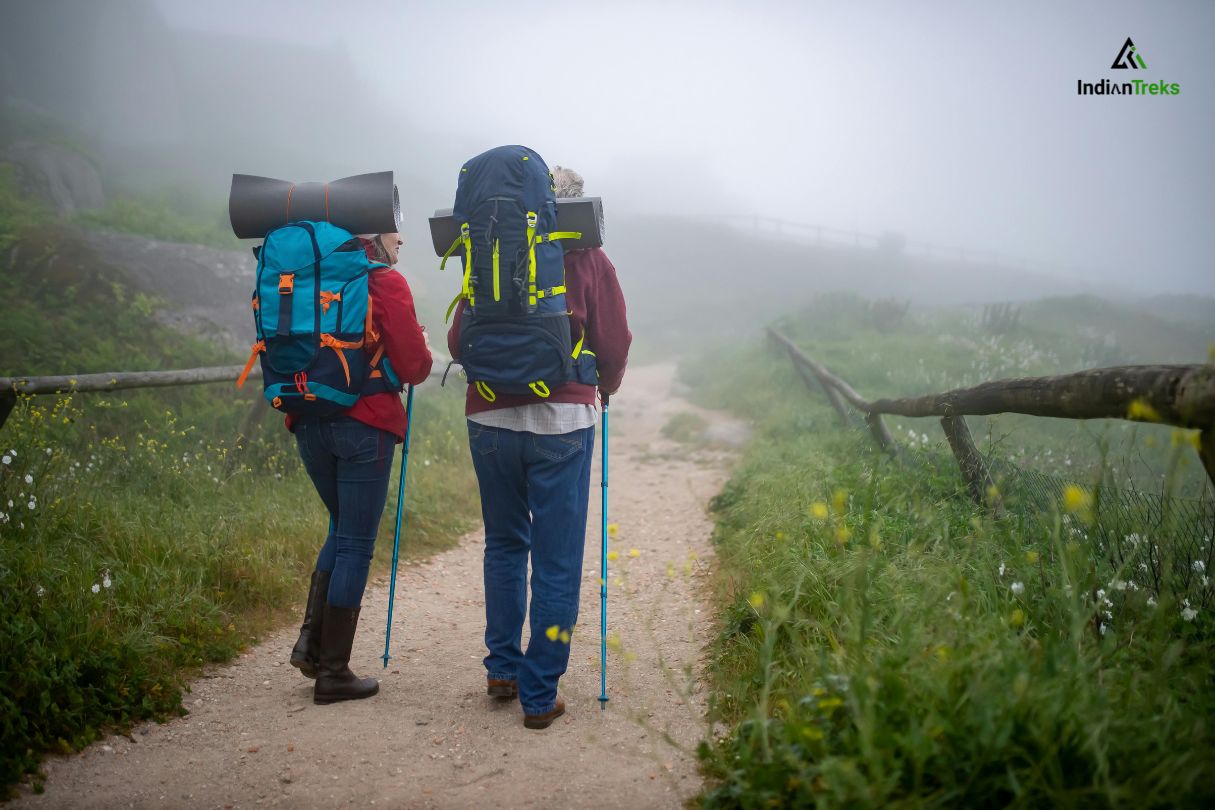
Comfort is key when trekking for hours with a backpack on your back. Look for these features:
Adjustable Straps: Shoulder, chest, and waist straps help distribute the weight evenly across your body and reduce strain.
Padded Back Panel: A padded back panel with mesh ventilation improves airflow and prevents excessive sweating.
Torso Length: The backpack should match your torso length. Too long or too short can cause discomfort and back pain.
Ergonomic Design: Modern trekking backpacks are designed to follow the body’s natural shape, making long treks more manageable.
Pro Tip: Always try on a backpack with some weight inside to ensure it feels comfortable before buying.
3. Choose the Right Material and Durability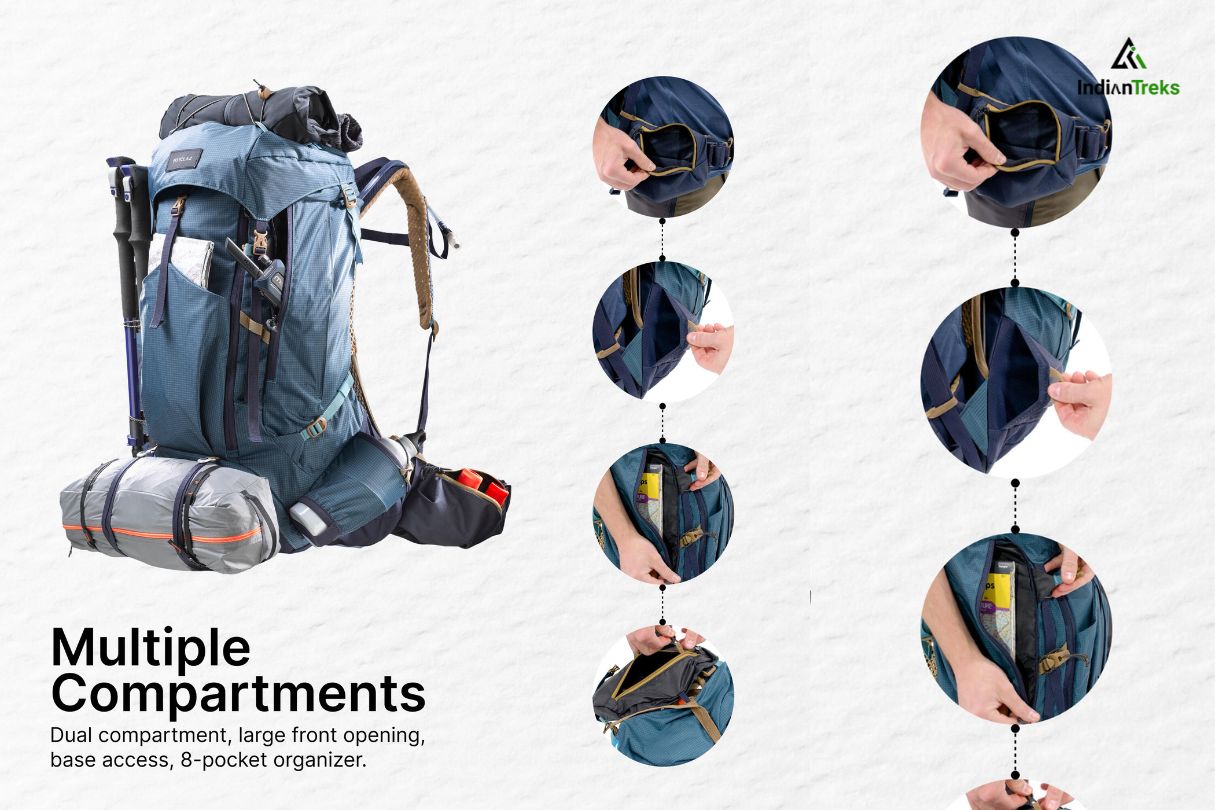
Trekking backpacks should be strong, lightweight, and resistant to wear and tear. Key considerations include:
Material: Look for ripstop nylon or polyester, which are strong and resistant to tears.
Waterproofing: A built-in rain cover or waterproof lining is essential for trekking in rainy or snowy conditions.
Zippers and Buckles: High-quality zippers and sturdy buckles prevent breakdowns mid-trek.
Abrasion Resistance: Reinforced base and edges increase durability on rough terrains.
Pro Tip: Even a lightweight backpack should be durable; prioritize quality over brand name alone.
4. Compartments and Accessibility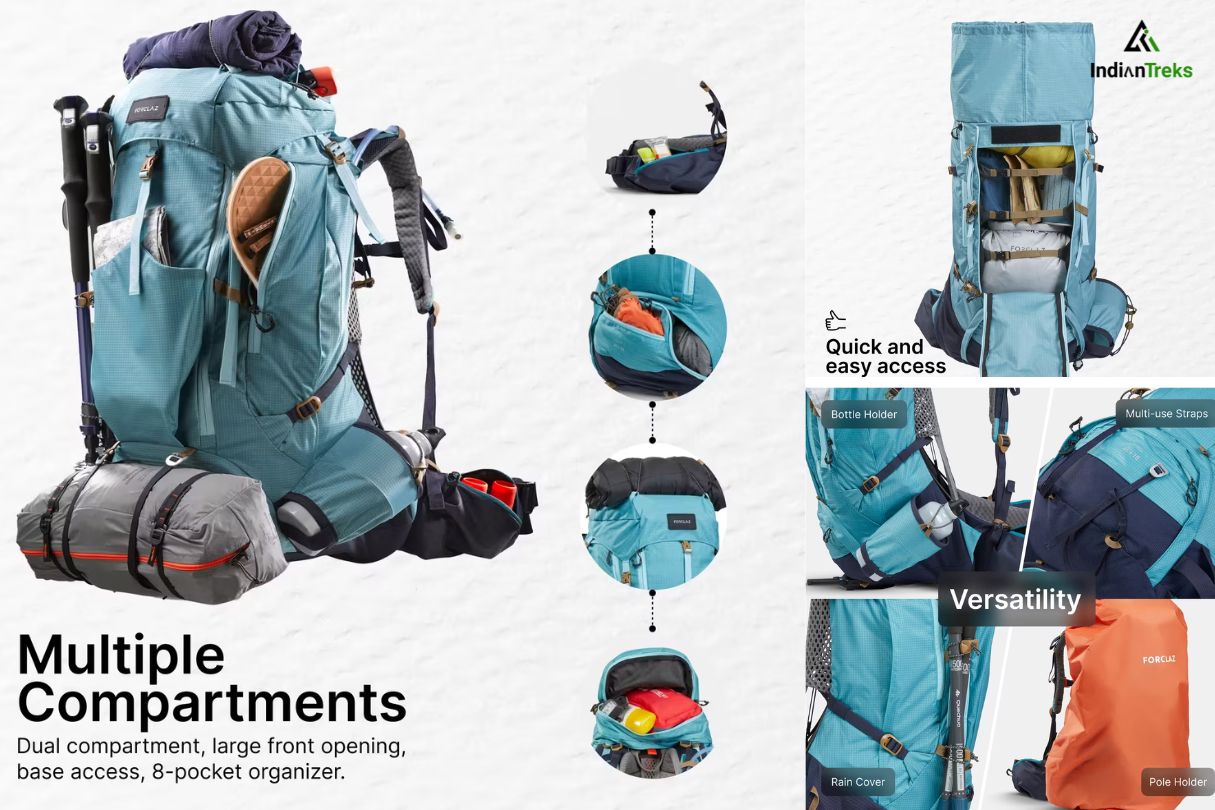
A well-organized backpack can make your trek easier and more enjoyable:
Multiple Compartments: Helps separate clothes, food, electronics, and other essentials for easy access.
Side Pockets: Perfect for water bottles, snacks, or trekking poles.
Top Lid and Front Pocket: Handy for maps, sunglasses, sunscreen, or rain jackets.
Hidden Compartments: Some backpacks have anti-theft or secure pockets for wallets and important documents.
Pro Tip: Always pack items you need frequently in accessible pockets to avoid unpacking your entire bag.
5. Consider Weight and Load Distribution
Your backpack should feel comfortable even when fully loaded:
Pack Essentials First: Carry only what you need. Avoid unnecessary items to keep the weight manageable.
Heavy Items Close to Back: Keep heavier items closer to your back to maintain balance and reduce strain.
Even Weight Distribution: Use compartments and straps to spread weight evenly.
Test the Load: Walk around with a fully packed backpack before starting your trek to ensure comfort.
Pro Tip: Overpacking is a common mistake. Stick to a packing list to avoid carrying excess weight.
6. Extra Features to Look For
Modern trekking backpacks come with features designed for convenience:
Hydration Bladder Compatibility: Allows you to drink water easily without removing the pack.
Attachment Loops: Useful for trekking poles, ice axes, or sleeping mats.
Ventilation System: Mesh panels or air channels prevent back sweat during long hikes.
Compression Straps: Helps tighten the load, keeping items secure and reducing movement.
Reflective Strips: Useful for safety during low-light conditions.
Conclusion
Choosing the right backpack is an investment in comfort, safety, and the overall enjoyment of your trek. By understanding the trek duration, body fit, material, compartments, and weight distribution, you can select a backpack that meets all your needs. A well-chosen backpack not only carries your essentials but also enhances your trekking experience, helping you focus on the adventure ahead.
Whether you are exploring the snow-covered trails of Kedarkantha or trekking through lush forests, the right backpack ensures you stay organized, comfortable, and ready for any challenge on the trail.
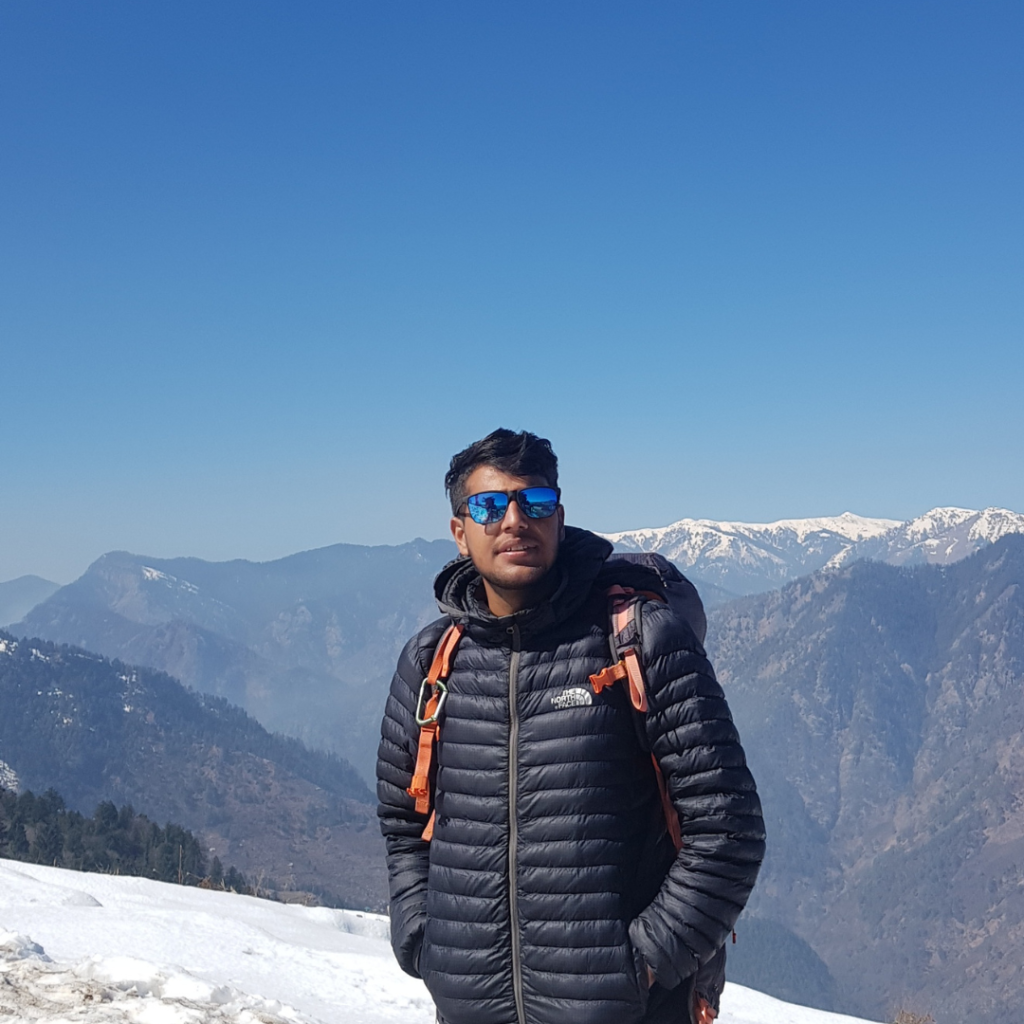
About Author – Vivek Rana
With nearly 10 years of experience in high-altitude guiding, the founder of this trekking organization is more than just a trek leader—they are a pioneer of adventure in the Himalayas. Having conquered multiple 6000-7000 meter peaks, they have led over 150 treks across the most breathtaking and challenging terrains, including Har Ki Dun, Kedarkantha, Borasu Pass, Bali Pass, Buran Ghati, Rupin Pass, Pin Bhabha, and the mighty Black Peak.
Their deep-rooted connection with the mountains isn’t just about reaching summits—it’s about creating life-changing experiences for those who dare to explore. Every expedition they lead is an invitation to step beyond limits, embrace the wilderness, and feel the raw power of the Himalayas like never before.
This is not just trekking; this is a journey into the heart of the mountains—with a guide who knows them like a lifelong friend.

